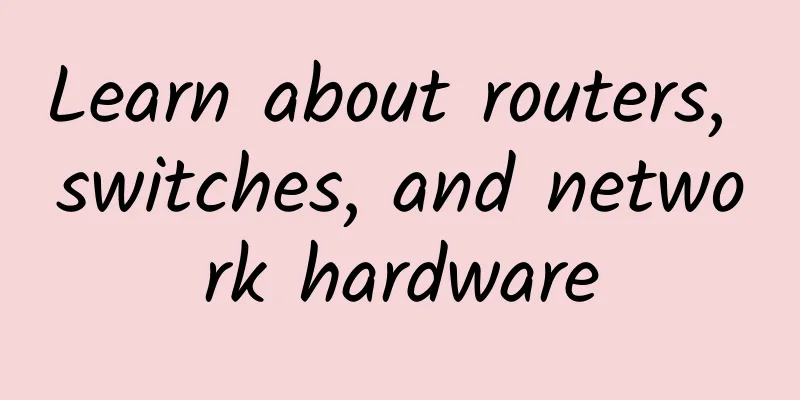How does Sentinel intercept abnormal traffic?

|
When you use electricity at home, you must have experienced "tripping". This "gate" is used to protect our electricity safety when the power exceeds the load. It is also called a "circuit breaker" and has a resounding English name - CircuitBreaker. Just like electricity safety, you and I should all be familiar with "current limiting", "downgrading", "fusing"... In order to avoid being overwhelmed by abnormal traffic, various software, systems, and Internet applications we develop also need a circuit breaker. In Spring applications, it is convenient to use circuit breakers. We can use Spring Cloud CircuitBreaker. What is Spring Cloud Circuit Breaker? If you are familiar with Spring, you can probably guess what it is. Similar to Spring Data JPA, Spring has come up with an abstract, standard API. This time, it abstracts the "circuit breaker" for downgrade circuit breaking. With this layer, the specific implementation can be easily replaced, and the code we use basically has to be changed to zero. Let's first get a preliminary impression from the official Demo:
Thousands of words, summed up in one sentence circuitBreakerFactory.create("delay").run() Because it is abstract, there are many corresponding implementations. Currently supported implementations are:
Abstraction is equivalent to setting a standard. Like JDBC, no matter we change the database to MySQL, Oracle or SQLite, the interface and other non-specific code do not need to be changed. The same is true for circuit breakers. The circuit breaker factory here has standard creation methods. How the circuit breaker implementation intercepts and degrades when executing business logic here can be left to the specific implementation to complete. This time, we take the open source Sentinel as an example to see how they block abnormal traffic. First of all, because it is Spring Cloud, it will also be based on Spring Boot's Autoconfiguration. The following is the configuration class, where we can see that a factory is generated.
When we actually execute the logic in the code, what is created? It is a circuit breaker CircuitBreaker, used to execute code.
Contains two execution methods, and can specify fallback logic when needed. Specifically for Sentinel:
You will see that a SentinelCircuitBreaker is created. Our business logic will be executed in this circuit breaker, and the run method is the stage for each specific implementation.
OK, so far, Spring Cloud CircuitBreaker has been presented. Other details are put in the specific implementation "box". Now let's open this box. Sentinel is a circuit breaker and downgrade framework. The official introduction is as follows: The high-availability flow control component for distributed service architecture mainly takes flow as the entry point, and helps users ensure the stability of microservices from multiple dimensions such as flow control, circuit breaking and degradation, and system adaptive protection. This screenshot of the code on the official website succinctly explains how it works. It stands in front of the business code, and when something happens, it will rush to it first. Only after it can pass, the business logic will be followed. It is really similar to various levels. In the run method of CircuitBreaker above, we must have noticed this sentence
This is the secret of all interceptions. Whether we use the CircuitBreaker method mentioned above, the @SentinelResource annotation method, or the Interceptor method, there is no essential difference. The only difference is the trigger point. In the end, it is all done through SphU. Since it is an interception, it must be stopped and checked in one way or another. During the actual inspection, the core codes in the entry are as follows:
Note that ProcessorSlot chain = lookProcessChain(resourceWrapper); will be initialized when a request comes in for processing. If the processing chain is not initialized, various first and next settings will be set, and subsequent requests will be processed according to this. All slots that need to be intercepted will be added to this chain, and then the slots in the chain will be executed one by one. Similar to Servlet Filter. What's added to the chain?
Initially, first points to an anonymous inner class. These added slots will be used as the next in the chain each time addLast is called.
Each slot has its own specific use. After processing its own logic, it will trigger the execution of the next slot through fireEntry. Giving you a long thread call stack would make it too obvious:
There are three types of downgrades Each type will be compared with the corresponding configuration item data. If it does not match, it will be interrupted. It cannot be interrupted forever. When will it be restored? According to the configured time window, a recovery thread will be started, and it will be scheduled to restore the interruption flag when the time comes.
The recovery process does two things: 1. Set passCount to 0, 2. Restore the interrupt flag The above introduces the interception and processing of requests. The core of these two, which are also our main configurations, are "flow control" and "downgrade". These two corresponding slots will be judged according to the configured "rules" when processing requests. For example, the time window, fuse time, etc., as well as the number of threads and QPS of flow control, etc. These rules are configured in memory by default, and can also be loaded from different data sources. If the Sentinel console is enabled, rules can also be configured in the console. These rules will be sent via HTTP to the corresponding application instance node using Sentinel. This article is reprinted from the WeChat public account "Tomcat Things", which can be followed through the following QR code. To reprint this article, please contact the Tomcat Things public account. |
<<: Accelerate the release of new infrastructure value with data as the core
Recommend
GDPR brings opportunities to improve overall security and optimize business processes
Privacy has been a major concern for businesses l...
HostYun UK London AS9929 line VPS host 10% discount monthly payment starting from 22.5 yuan, native IP
Those who are interested in UK VPS can pay attent...
HostHatch 12th Anniversary, Hong Kong 1TB large hard drive from $35/year
HostHatch launched a promotional campaign for its...
Interviewer, I implemented a Chrome Devtools
[[426371]] Web pages will load resources, run JS,...
Mobile data will no longer charge roaming fees? You may even spend more money because of it
Starting from July 1, the mobile data roaming cha...
[2024] Inventory of high-defense VPS merchants, US high-defense VPS/Hong Kong high-defense VPS
Continuing with the year-end summary, many friend...
[Black Friday] Tempest: 10Gbps unlimited dedicated server from $39.9/month, multiple data centers in Phoenix/Los Angeles/Japan
Tempest is a site opened by path.net in 2020. It ...
CloudCone: KVM monthly payment starts at $1.99, Los Angeles data center, supports PayPal/Alipay
CloudCone's [2021 Flash Sale] event is still ...
With the advent of the 5G era, will the divorce rate drop?
01 The divorce rate remains high during the epide...
5G+IoT, why will it usher in a completely different era of “operator of everything”?
In the previous article "Entering the Billio...
5G is here, where will the next explosion point of the Internet be?
In the long run, the goal is not to build 5G well...
Protocol-Oriented Programming and Cocoa (Part 1)
[[403413]] This article is reprinted from the WeC...
How to protect remote workers from cyber attacks?
[[400945]] During the coronavirus outbreak around...
Justg: South Africa cn2 gia line (three networks) VPS annual payment starting at $39.99, 500M bandwidth, KVM architecture
Justg is a relatively new foreign VPS service pro...









